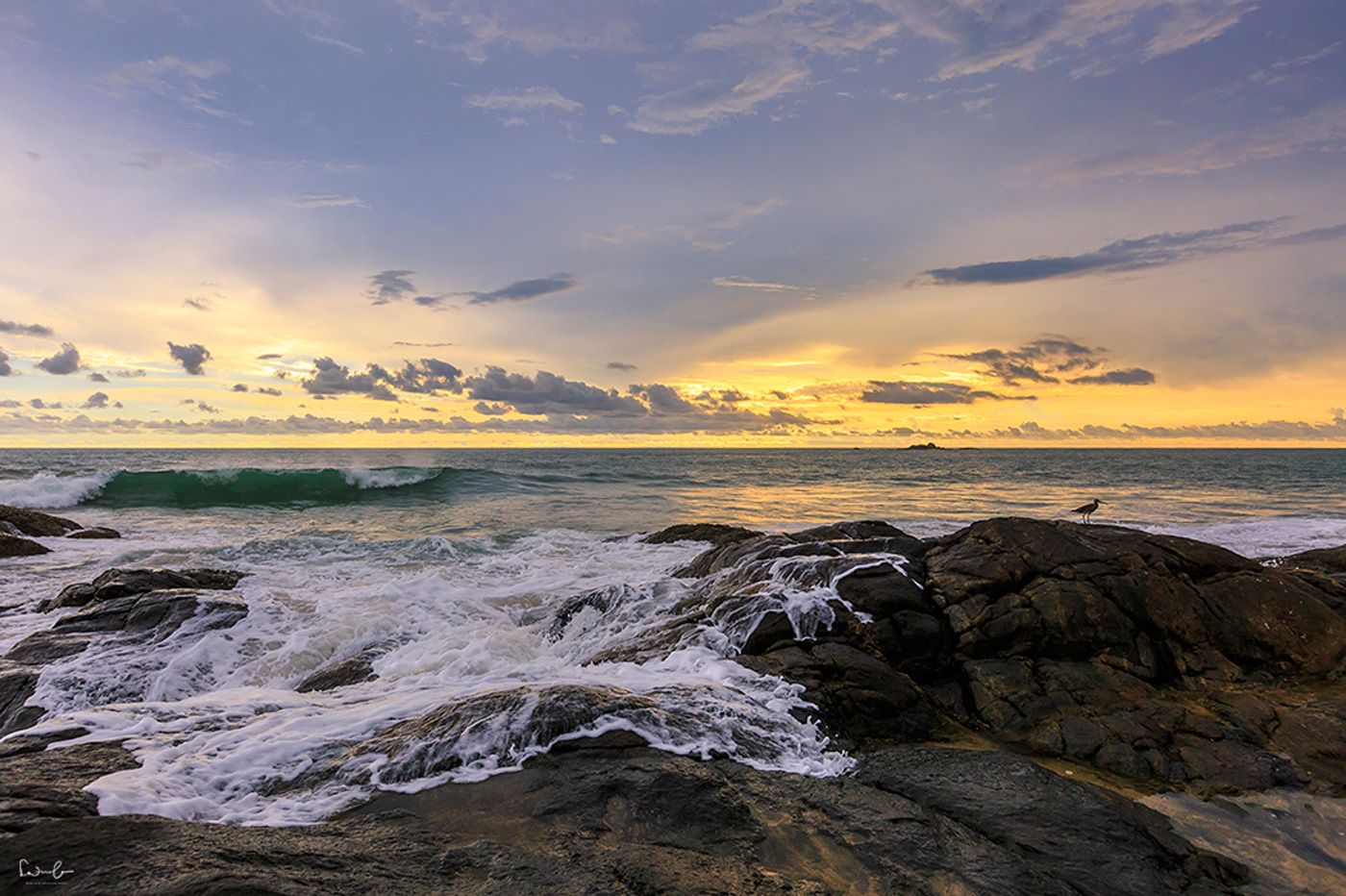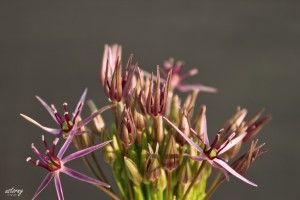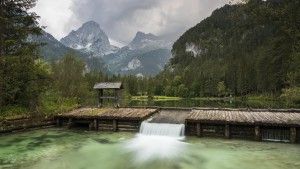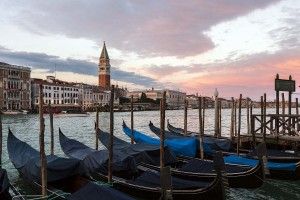Photography and travelling go hand in hand. With these simple travel photography tips, you can make a huge improvement and make your photos pop out. No matter which camera you are using, you can easily move your photography to the next level. Here’s how:
1 – Depth of field
In order to understand the depth of field, start in Aperture Mode, indicated by an A or Av. If you start taking photos in A-mode you don’t have to worry about the other settings of the camera. DoF refers to how much of a subject in your image is in focus.
Low number = large aperture = more light comes through
High number = small aperture = less light comes through

Rule no 1:
Large aperture —> small f-number —> shallow (smaller) depth of field —> your subject is more in focus or your window of focus is smaller. The background is blurred.
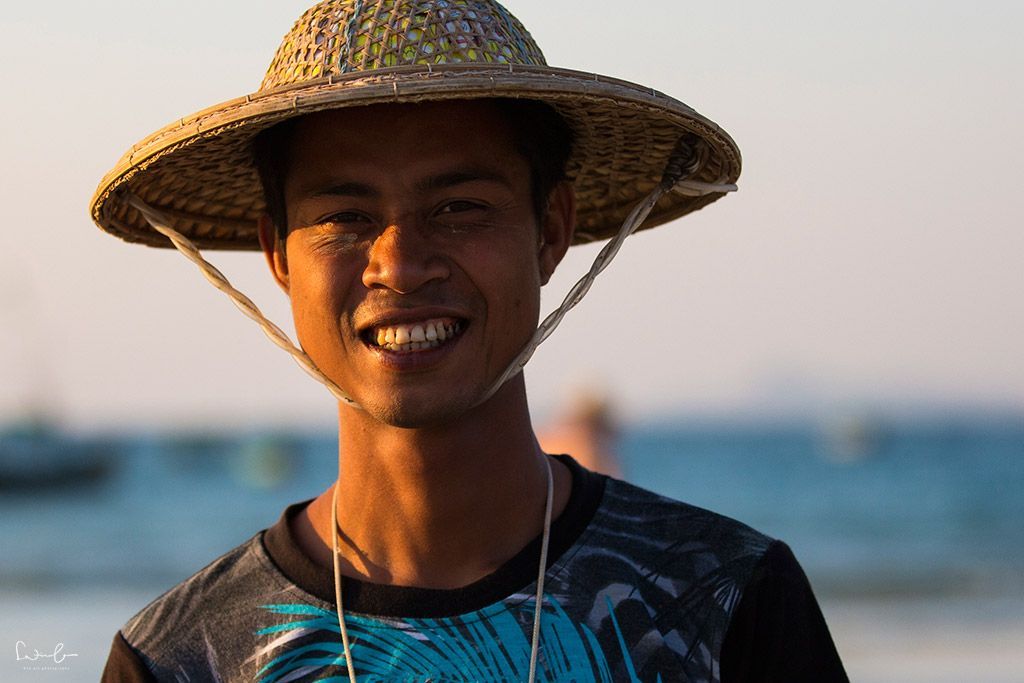
Rule. no 2:
Small aperture —> larger f-number —> deeper (larger) depth of field —> your subject does not stand out or your window of focus is larger. Everything in the image appears to be in focus.
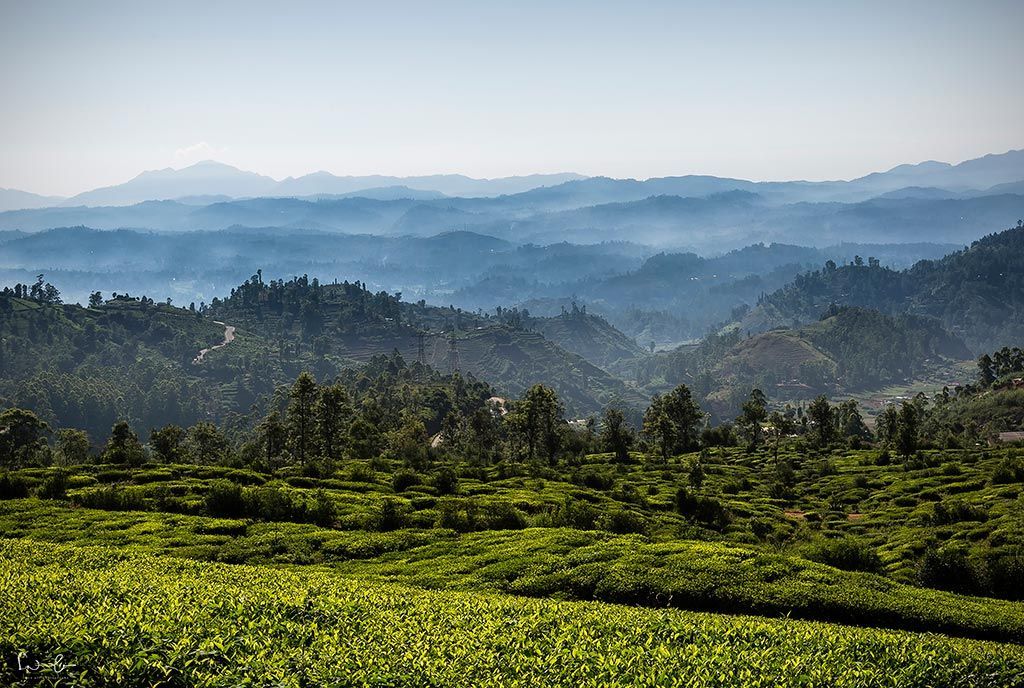
2 – The rule of third
It is a very simple composition rule and probably the first one photographers learn about. It is a basic rule that makes your image well balanced and interesting.
How does it work? Imagine you break your image both horizontally and vertically down into thirds so that you have 9 parts.
Place your subject in one of the intersections or along the lines. Your photo becomes more balanced and draws the focus of the viewer on the subject. Ideally, you already shoot your photo having the rule of thirds in mind, however, most of the editing software programmes provide tools for cropping or reframing.
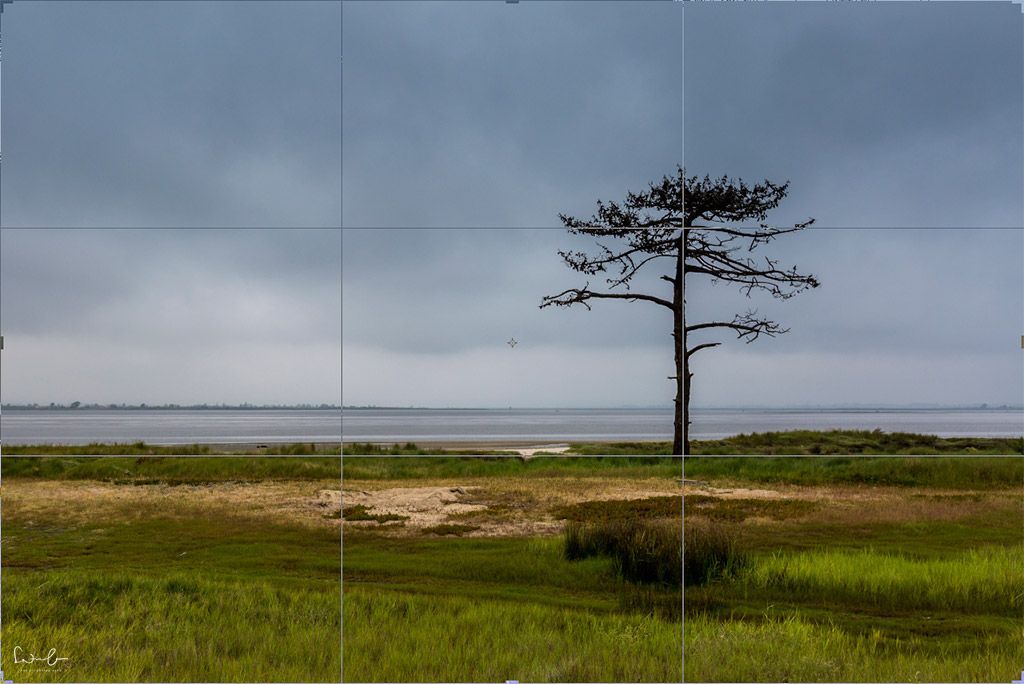
3 – Understanding ISO:
ISO is the level of sensitivity of your camera to available light. The higher you set the ISO (lower available light), the more noise will be in the image. The lower the ISO (more available light), the less noise. You can see the difference in the two images below. The first one was shot with ISO 250, there is no noise at all. The second one was shot in a very dark monastery with ISO 4000 and you see a lot of noise.
Whenever possible use a low ISO, which won’t be an issue during a sunny day or when you’re using a tripod and shoot in long exposure (I will explain long exposure in a separate article).
Increase the ISO when there is not enough light available for your camera to capture an image, for example late in the afternoon/evening, a very cloudy day or you want to catch a bird in flight for which you need a really fast shutter speed.
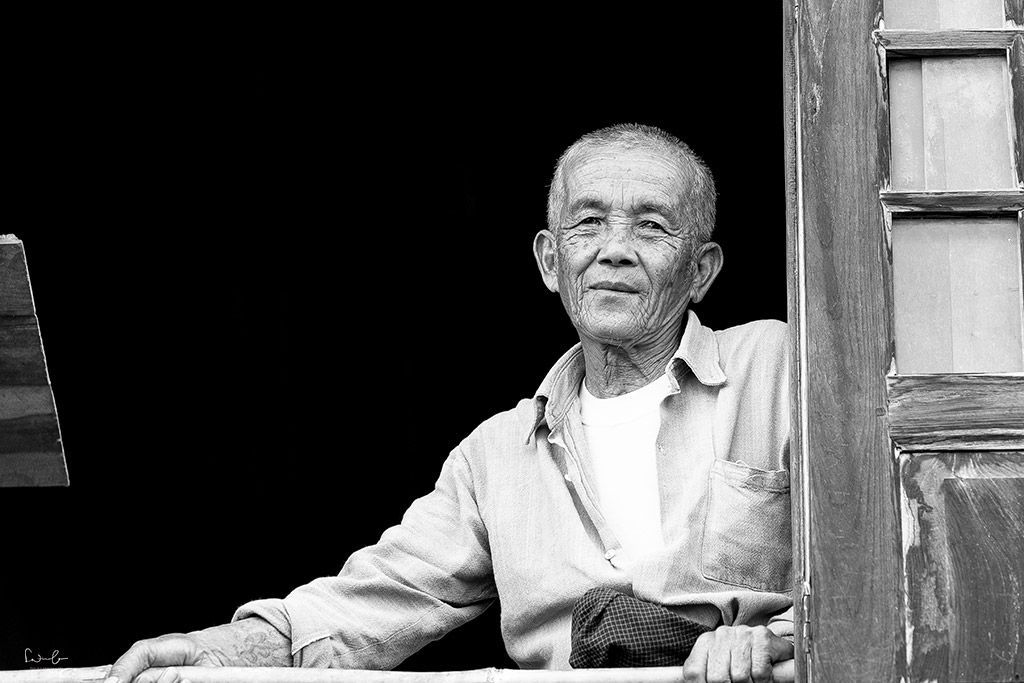
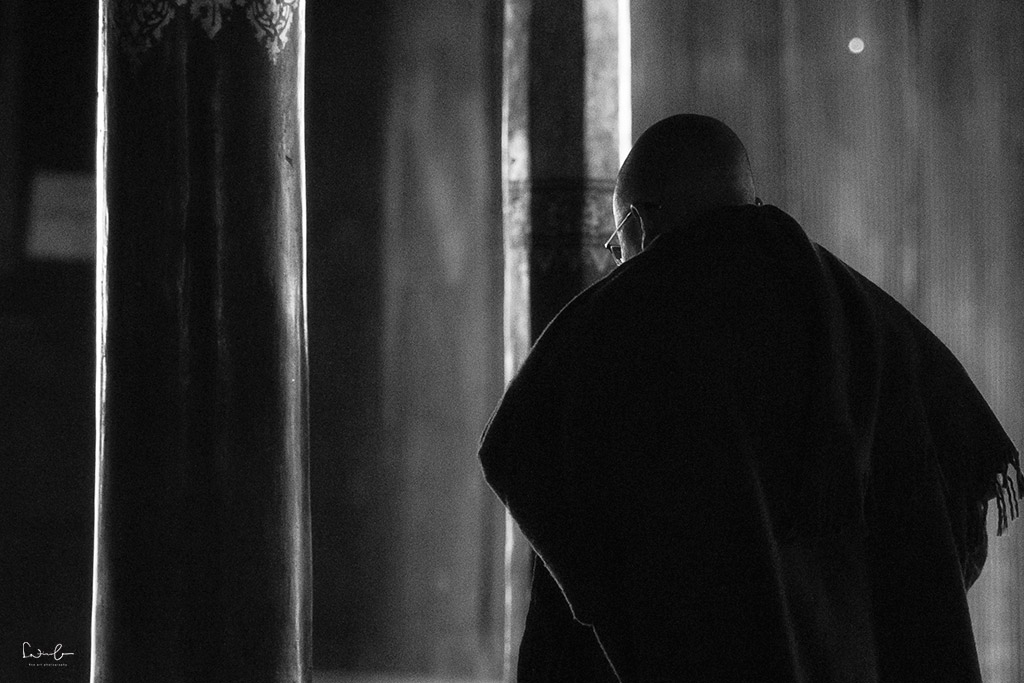
Need some further guidance with landscape photography and learn how to take great travel photos? Here’s your comprehensive guide for landscape photography for free.
4 – Learn to use natural light
Available light is one of the most fundamental things in photography, especially in travel photography. We are at a certain photo spot on a certain day and cannot regulate the weather ourselves, even if we wish to do so. Most of the times there is only a small time window available for a specific spot we’ve chosen to capture. Some of us are more flexible and can return to the spot another day if the weather was not on our side, but more likely we have to deal with the conditions given.
With a little bit of research, however, you can check when the best time of the day is to shoot your chosen subject. For example, you can check the tide before heading to a seascape place or find out where the sun goes down in order to find the perfect spot for your sunset.
Generally speaking, I recommend you to shoot in the morning or evening.
Sunrise, of course, is always a great opportunity to capture awesome pictures. But no one understands better than I do that you do not want to get up in the middle of the night every day of your vacation. That’s ok – the morning light is beautiful, the sun is still low and therefore softens the light.
My favourite time to shoot is the evening golden hour, which is the last hour of light before sunset. The sun is very low in the sky, the light is soft, diffused and warm. And you’ve got fewer people around because most of them are having dinner already 😉
You can get the exact hour to be calculated online, which is quite useful so that you don’t have to spend hours waiting at your spot which happened to me a few times before.
I strongly recommend you to stay for the entire hour because the light changes quickly and your scene can look very different from one minute to the other. You should invest in a tripod when shooting in the golden hour.
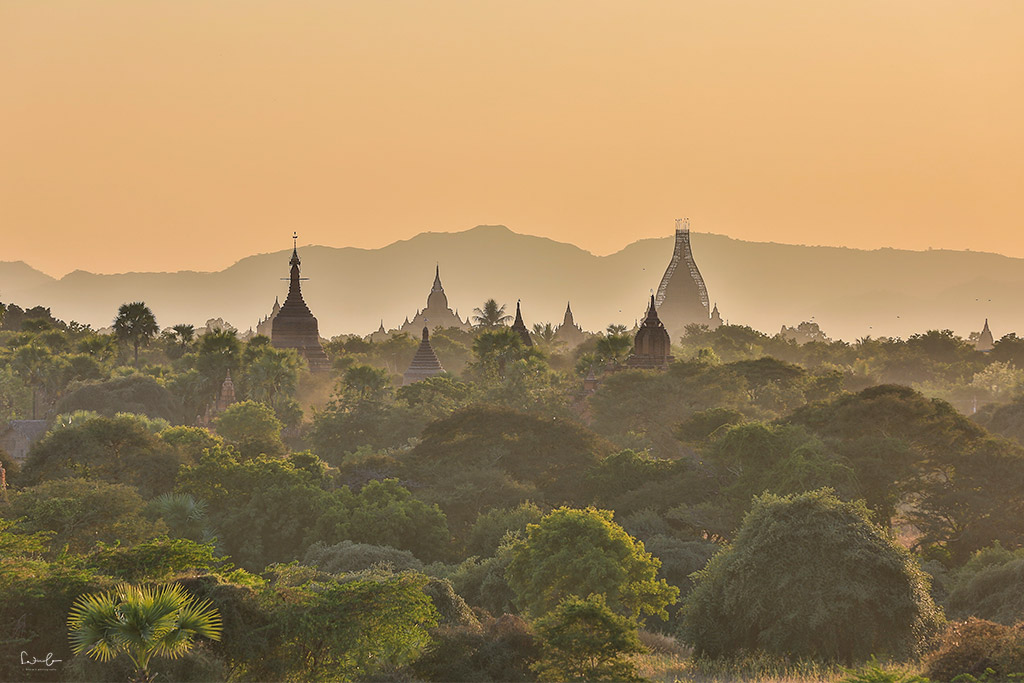
Ok, but sometimes I only have the middle of the day available for taking photos. Even the sun is very harsh during the day and most photographers would agree in saying that this is not the perfect time to shoot, you can still capture great images.
Landscapes shots in harsh sunlight will show many details. Get closer and look for the little things like patterns or textures.

The beach is a good spot for harsh sunlight. Go down on your knees, get close and capture textures and details.
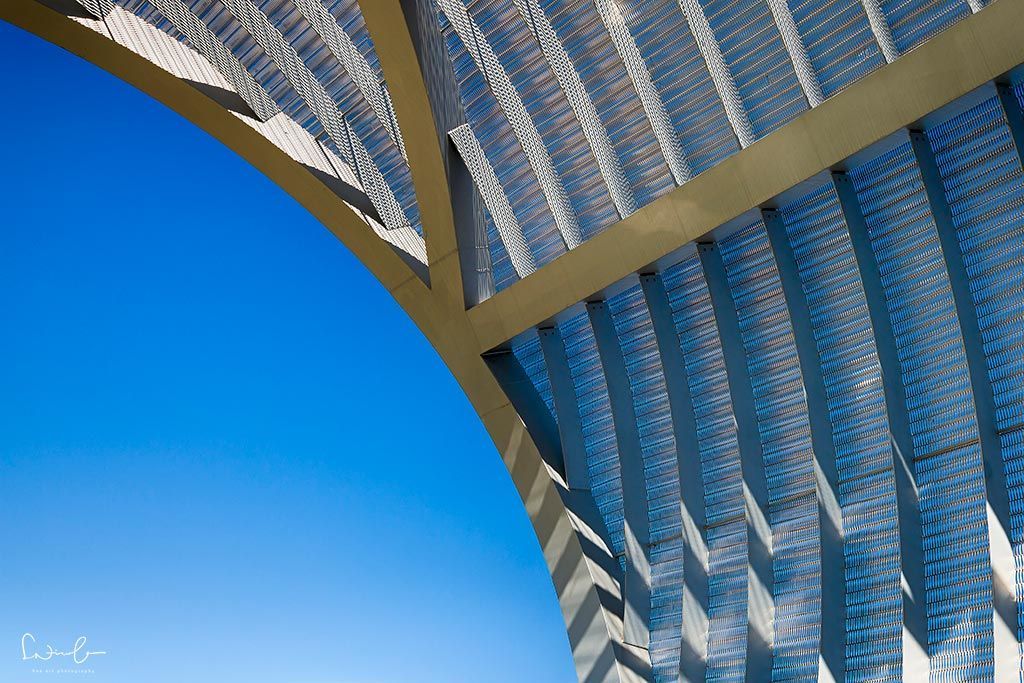
I only had one afternoon in Madrid. The sun was burning down and I wanted to shoot. The Arganzuela footbridge was perfect to capture great images. Even though I usually take long exposure shots of bridges, this one was ideal to get the details of the construction.
Make use of shadows and silhouettes. Look out for interesting subjects or scenes. Try converting the image to black and white. Both of the below images were taken at about lunchtime on a very sunny day. Watch your surroundings and think how you can capture a creative photograph.

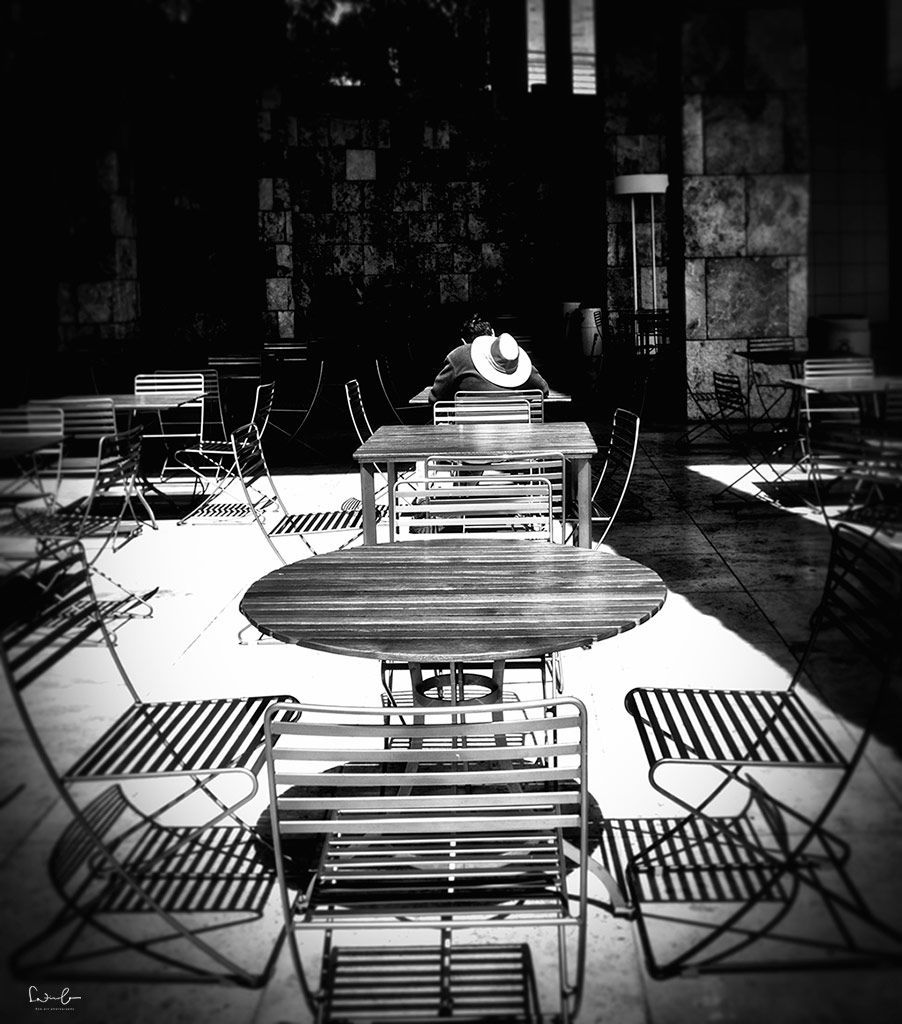
Get inside of interesting buildings, market halls, or patios and look out for interesting spots and sceneries.
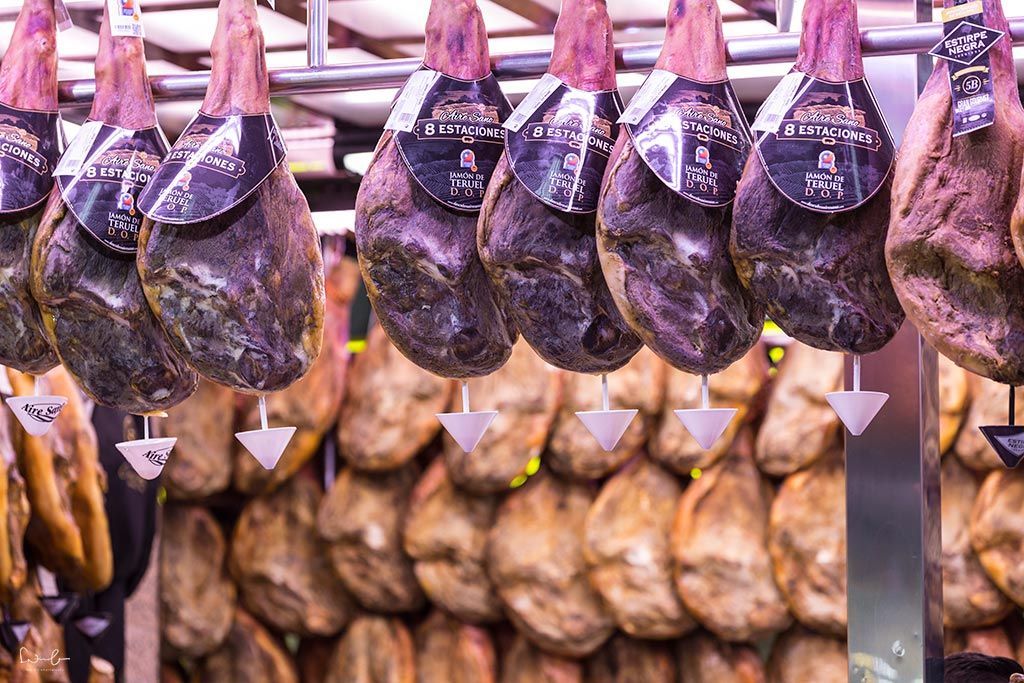
Try street photography. Sit down on a very frequented square, watch out and shoot.
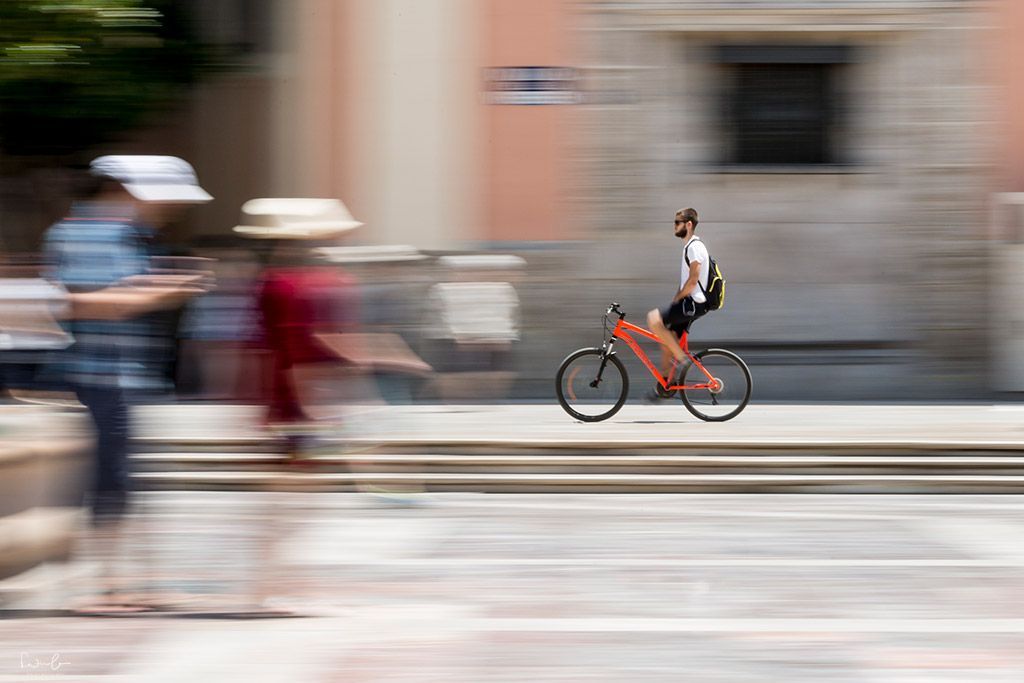
What if the weather is really bad?
Go to the spa and relax or visit a museum. That’s one way. But heavy clouds or rain can add drama to your shots and you can capture photos you would not have captured without the rain. Try it. Make sure to protect your camera.

Pouring rain in Vienna. I jumped in my rubber boots, put a plastic bag around my camera and walked through the city. Try it. It’s fun.

The weather was pretty much like this on my entire California road trip. Sometimes better, sometimes worse. The clouds gave my landscape images a great touch of drama.
5 – Look beyond your subject
I already mentioned in one of my articles that I still capture the postcard subjects and there’s nothing wrong with it. There’s the excitement of being at such a spot for the first time and of course, you want to capture it the same way as you see it on postcards or posters. Go for it. However, look at the place in a different way. Try different angles.
Interact with your subject. In some countries it is so easy to photograph people, just use your facial expression to connect with the persons.
Get as close as you can and take many, many photos (Don’t forget to bring enough SD cards).
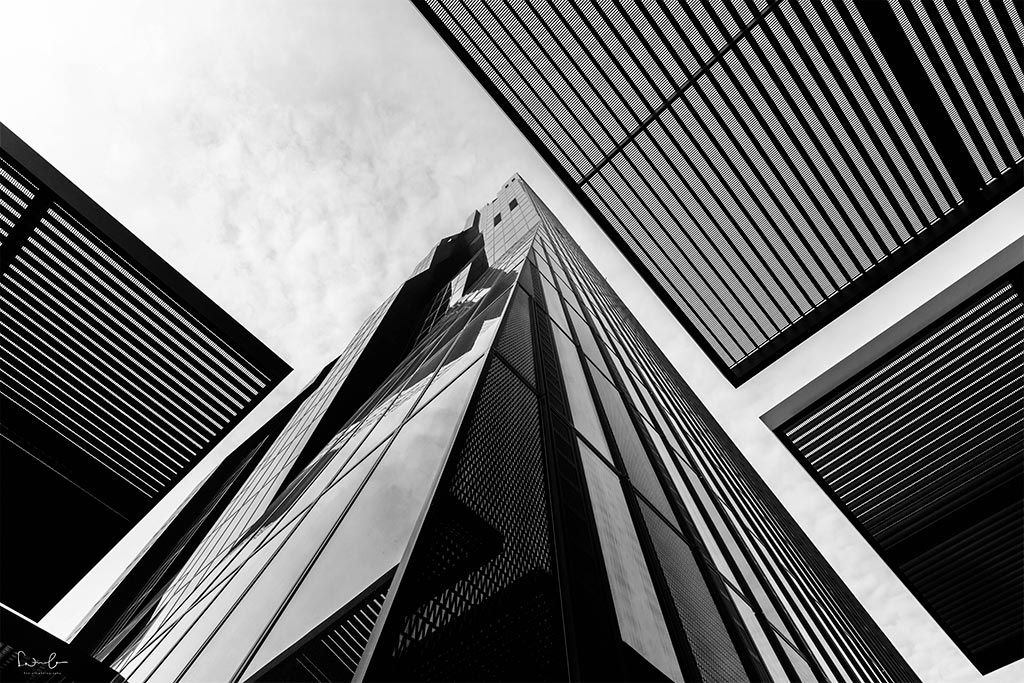
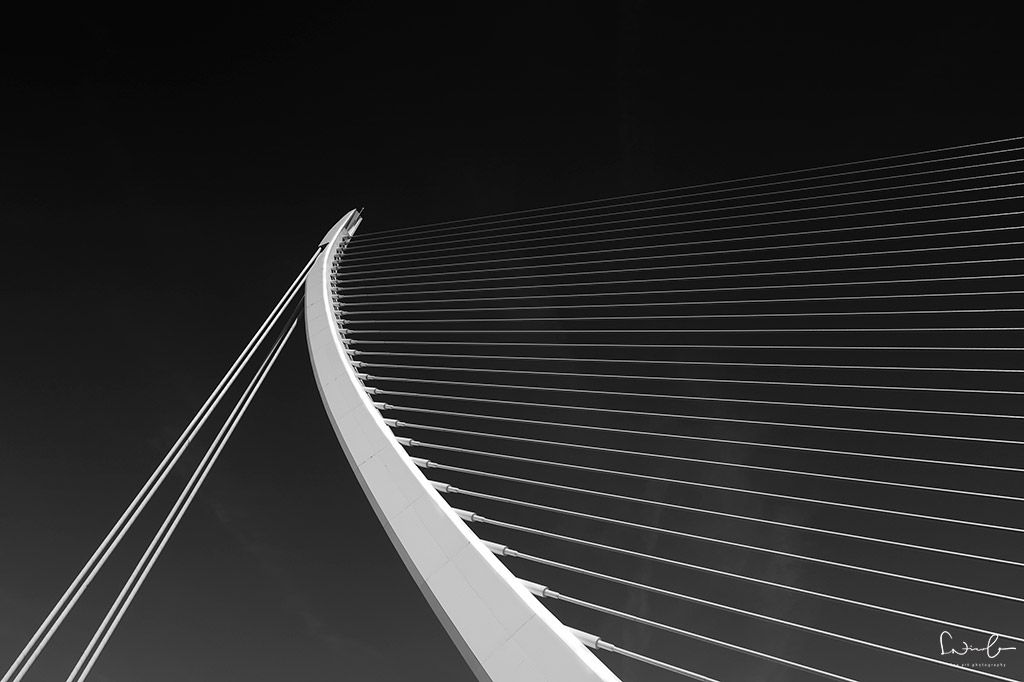
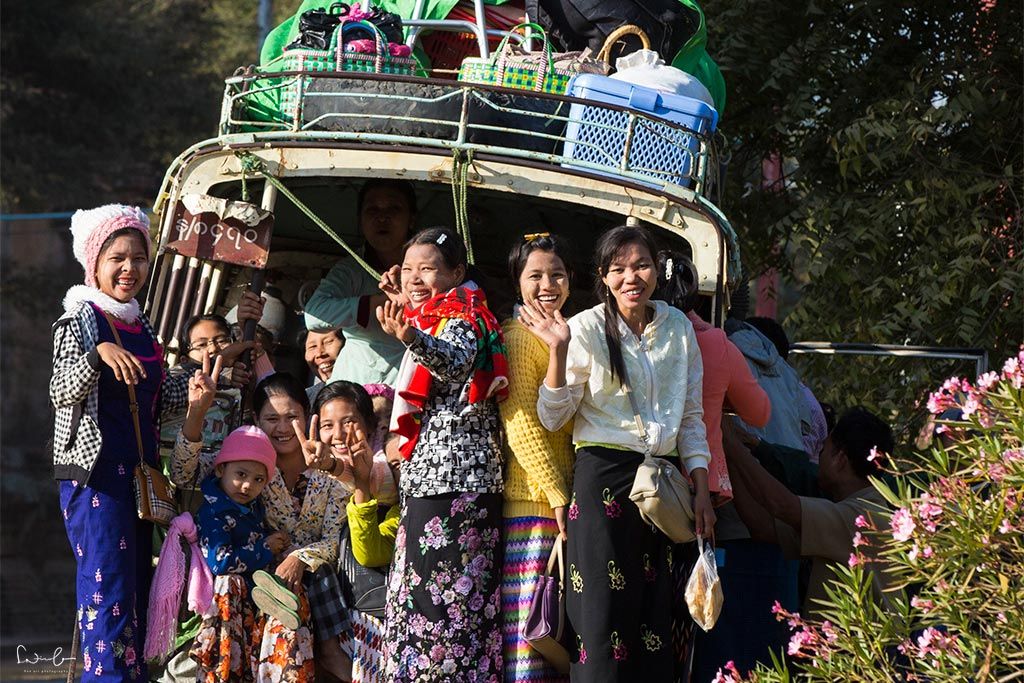
These travel photography tips are very easy for you to perform. The most important advice I can give you is practice, practice, practice. You will see steady progress in your photography skills the more you practice. Also, check out the Instagram feeds of photographers to get inspired. Do your research for great photography spots.
If you want to move your photography to a higher level, join one of my photography holidays to awesome locations. You will learn simple methods of how you can improve your skills. And here’s how to shoot wildlife.
MerkenMerken

